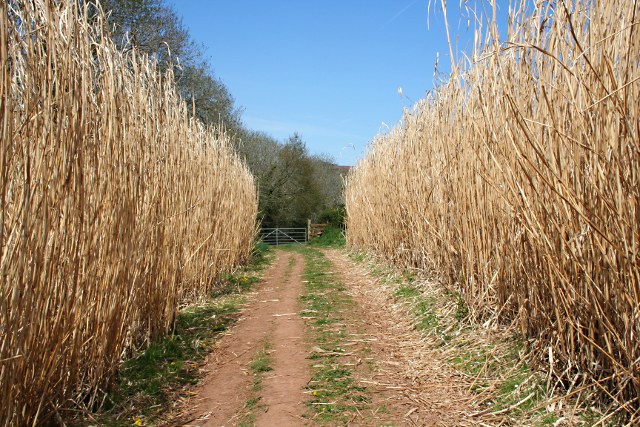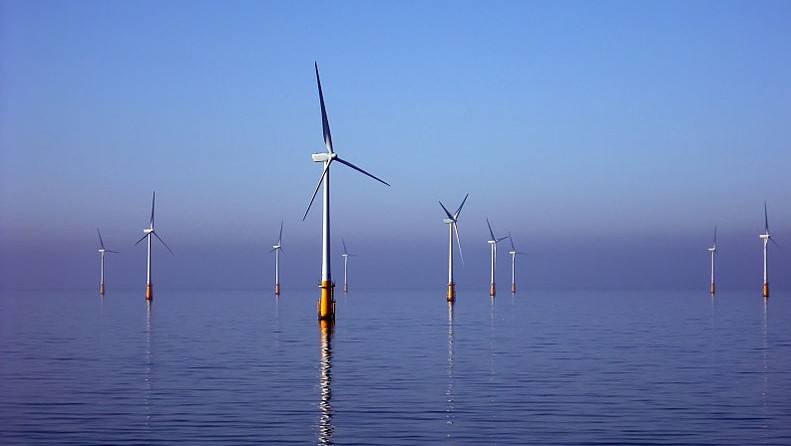Little confidence in Renewable Heat Incentive without action now, says IFA Renewables Chairman

August 24th, 2017
A lack of concrete details on the long-awaited Renewable Heat Incentive (RHI) scheme has left little confidence in the establishment of a robust energy crop sector, the IFA’s renewables chairman has said.
James Murphy’s comments came at Tuesday’s Energy in Agriculture conference in Gurteen Agricultural College, Co Tipperary. Environmental Minister Denis Naughten announced at the event that the RHI will go before cabinet next month.
First mooted in the Government’s 2014 Draft Bioenergy Plan, there have already been two public consultations around the design and application of the scheme. The RHI will also require State Aid clearance from the European Commission before it can come into force.
The Minister said that he understood the frustration of farmers and that it will take time to build biomass capacity in Ireland. He added, however, that the RHI scheme has the potential to “stimulate growth in the domestic biomass sector” and create new commercial opportunities for farmers.
He also said that he expects the RHI to increase the market demand for domestic biomass by up to 110,000 tonnes of additional biomass per year. While few additional details on the scheme were provided at the conference, the Minister said that it will include tiered payment support for the likes of biomass boilers, heat pumps, and anaerobic digestion.
The Minister added that there will be a series of announcements on the scheme before the National Ploughing Championships gets underway on 19 September 2017. While welcoming some clarity on the scheme, Mr Murphy said that the process has “dragged on” for too long and that farmers up and down the country need firm action now.
“What I’m waiting for is the announcement date and it cannot come soon enough,” said the Kilkenny farmer. “Unless someone really grabs the energy crop sector by the tail and incentivises and gives confidence and real clarify, I would not be at all confident that we’re going to see an energy crop sector in Ireland.”
Mr Murphy said that he will hold the Minister to his word that we will see “a significant move forward with the RHI” over the coming weeks. “One of the key messages that I picked up today from speaking to people around the exhibition center and further afield is the real sense of urgency here that I hope the Minister picked up on.”
2020 Targets
Teagasc’s energy specialist Barry Caslin said that the Government needs to find better ways to recognise and reward energy production on farms, an area he said remains “largely untapped”.
He added that income through energy production will “increase the resilience” of farmers, while also ensuring that farms make a “significant contribution to a resilient, low-carbon energy system”.
Sixteen per cent of our total consumption of energy must come from renewables by 2020 in order to meet our European targets. We are currently at just over nine per cent, Mr Caslin said, which may lead to potential fines if, as expected, we do not reach our targets.
While admitting that we are “playing catch-up on our obligations”, Mr Naughten said that the government has yet to concede that we will miss our renewable energy targets. “We meet our renewable electricity targets [and] the RHI scheme is very much being put in place to try and meet the differential in relation to our renewable heat target,” the Roscommon TD added.

Train with milled peat for Edenderry Powerstation Photo: Peter Mooney
Bord na Mona Bioenergy
The Minister also announced the creation of a new division of Bord na Móna that aims to become the largest supplier of sustainable biomass in Ireland. The new division – Bord na Mona Bioenergy – will play a leading role in supporting the domestic market, as well as ensuring a steady supply of biomass from international sources. According to the Minister, we will need to import biomass from abroad in the short term in order to meet the demand for co-firing with peat at Edenderry Power Plant.
Currently, 43 per cent of electricity generated at Edenderry is coming from biomass, and this is expected to rise to 50 per cent next year. Both of ESB’s peat-fired power station – Shannonbridge and Lanesborough – are set to put in applications for planning permission in the coming month to co-fire with biomass.
An Irish Times investigation earlier this year found that Bord na Mona imported more than 150,000 tonnes of unsustainable biomass linked to the palm oil industry between 2010 and 2016. The semi-state has since ceased the importation of the biomass product.
The Minister ensured that “safeguards are being put in place” to avoid any repeat of such practices, adding that the Government has made it clear to Bord na Mona that it must source only sustainable biomass as a condition of the establishment of the new Bio-Energy division.
According to the semi-state’s outgoing CEO Mike Quinn, the new division will offer long-term contracts of up 15-years to project developers and farmers contracting supplies of energy crop such as willow. Mr Murphy said that farmers will be interested if offered a “credible business model” with long-term contracts that guarantee a “genuine income”. He warned, however, that it will be difficult to convince farmers to go back to growing energy crops because of “some bad experiences in that area”.

Miscanthus growing in the UK photo: Tony Atkin
No Miscanthus Demand
Bill Madigan, the largest miscanthus grower in the country, has had one such experience. The Kilkenny farmer started growing the energy crop in 2007 and estimates that his farm’s output from 160 acres is capable of providing enough energy to power a small town.
Up until last year, he was able to sell to Edenderry Power Station, the only real market for miscanthus in Ireland. However, Bord na Mona has now phased-out the use of the energy crop due to problems with co-firing alongside peat and the levels of chlorine produced from burning miscanthus.
With no real demand elsewhere, Mr Madigan now has seven lorry loads of miscanthus on offer but “no place to sell it”. “I would like to ask the Minister what I will do with my miscanthus,” he added.
The Minister acknowledged that previous issues with bio-crop demand “left a bad taste in everyone’s mouth”, but ensured the audience that Bord na Mona will now be “filling that void”.
Mr Madigan said that he was not impressed by the Minister’s comments, having heard similar assurances over the past decade. “I am absolutely and totally sick with this story that is being perpetrated for the last ten years. Nothing has changed, I’m listening to the same story year in, year out,” he said.
Other farmers have ploughed their miscanthus back into the land in recent years as the market for energy crops has failed to materialize.
[x_author title=”About the Author”]






